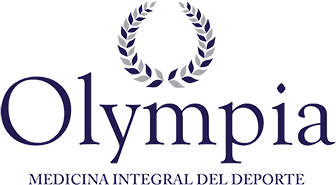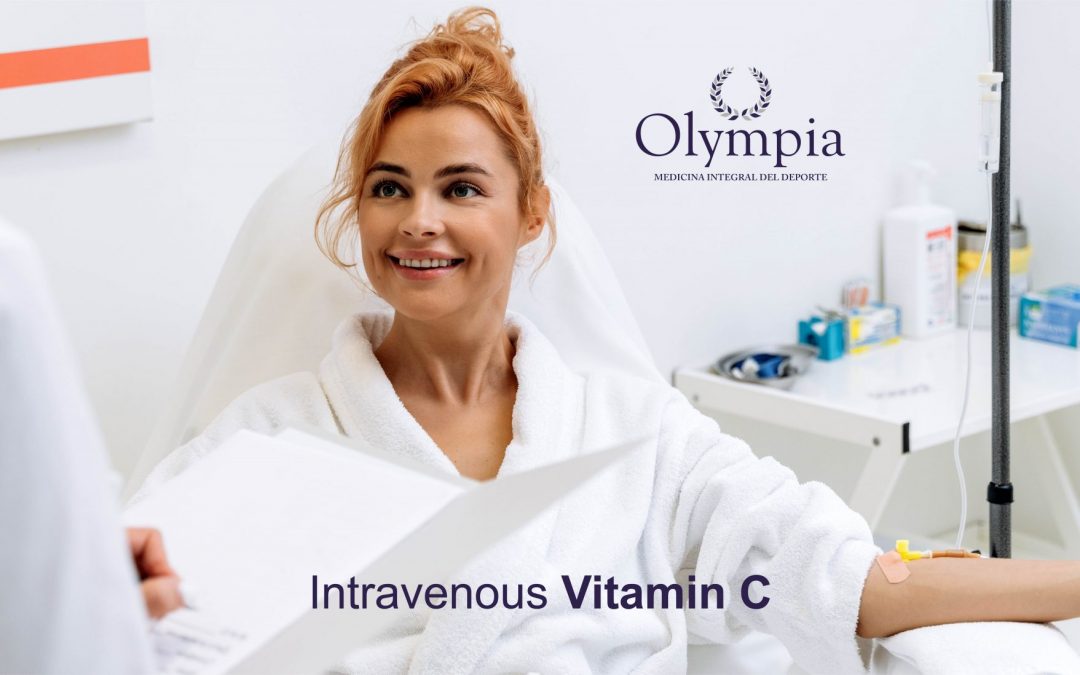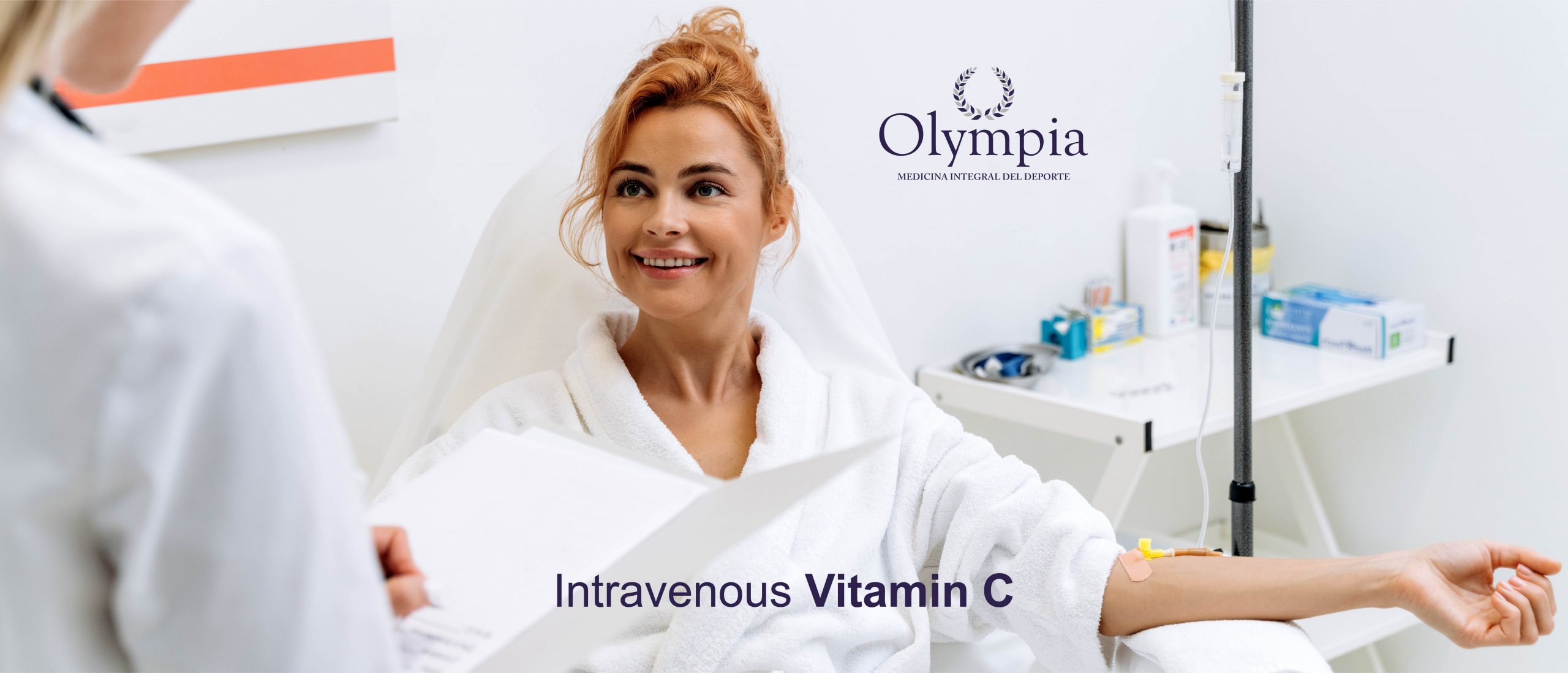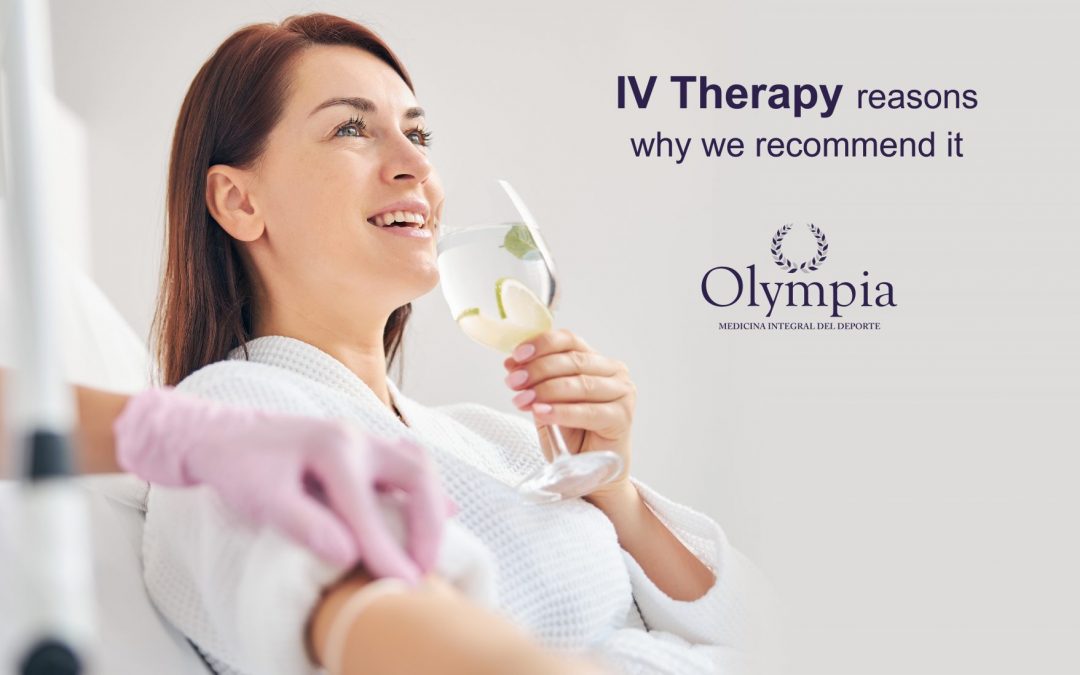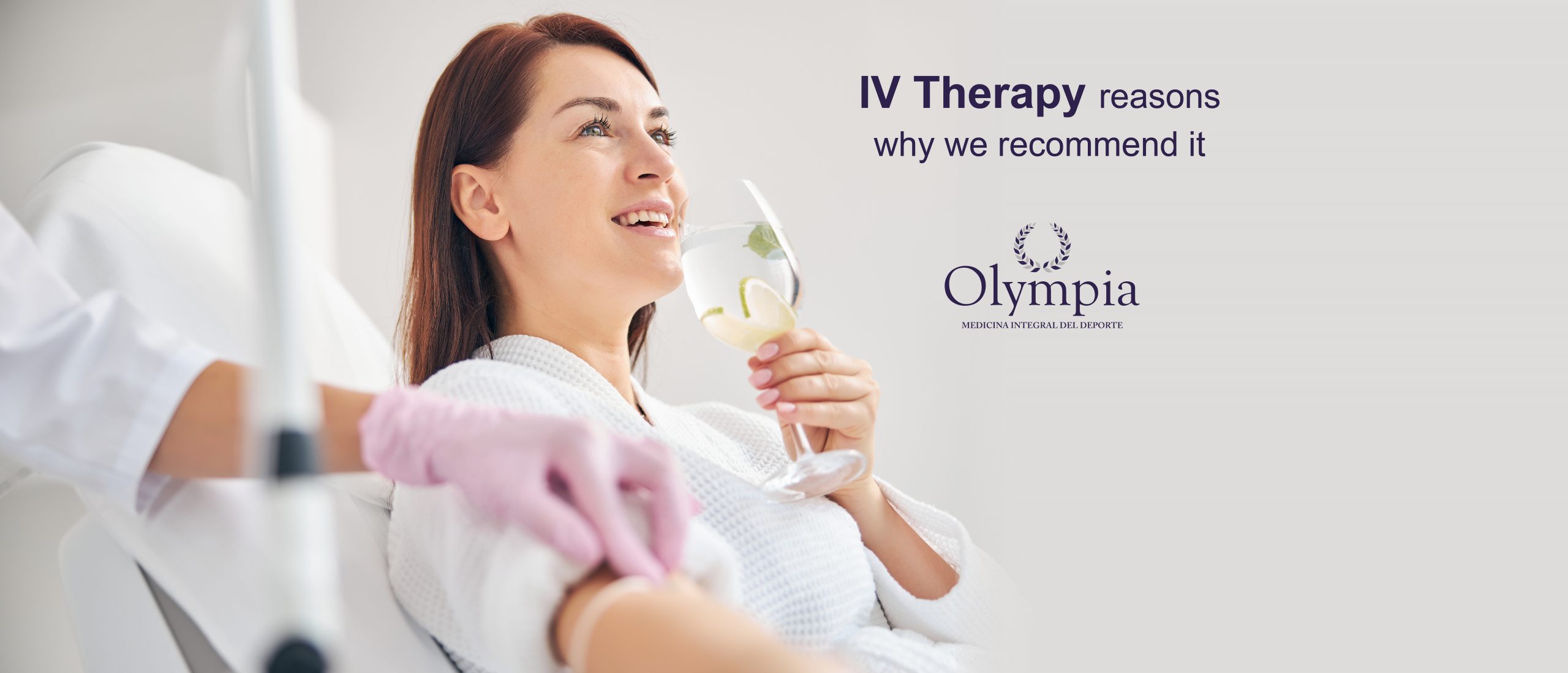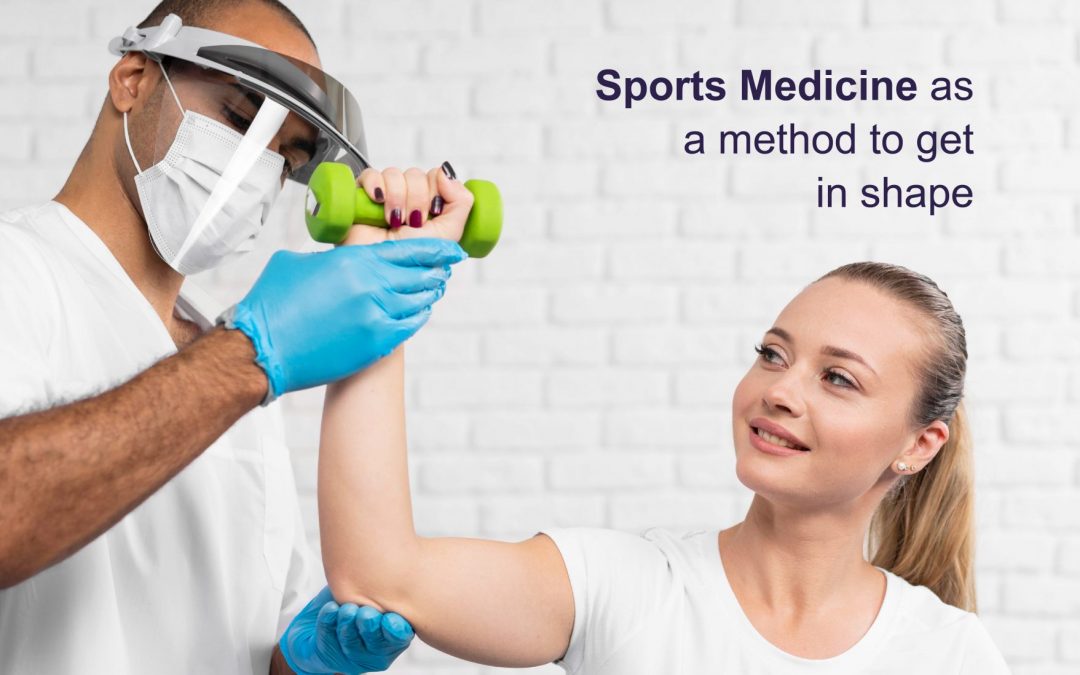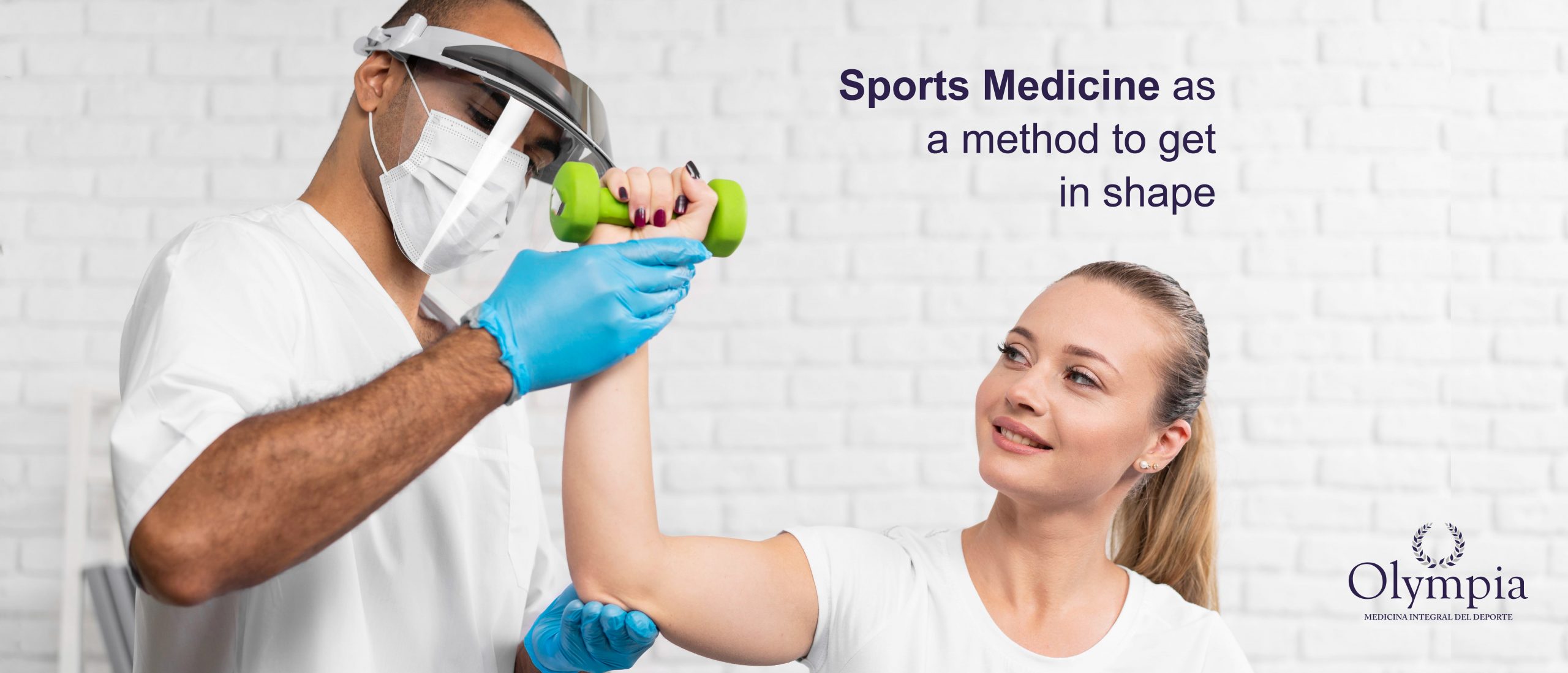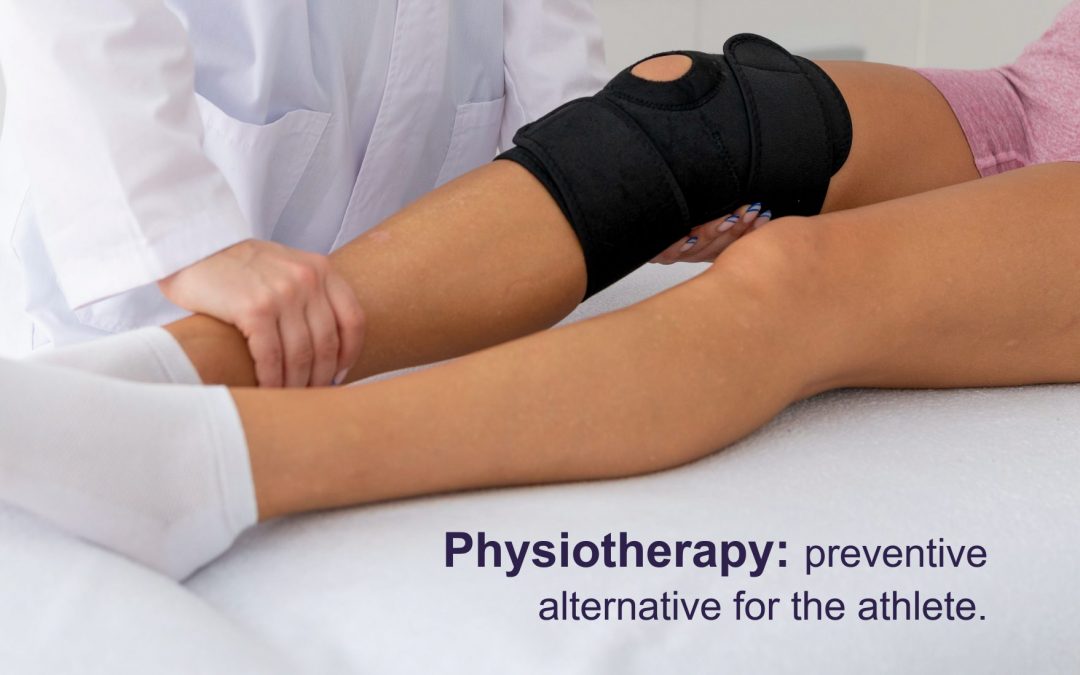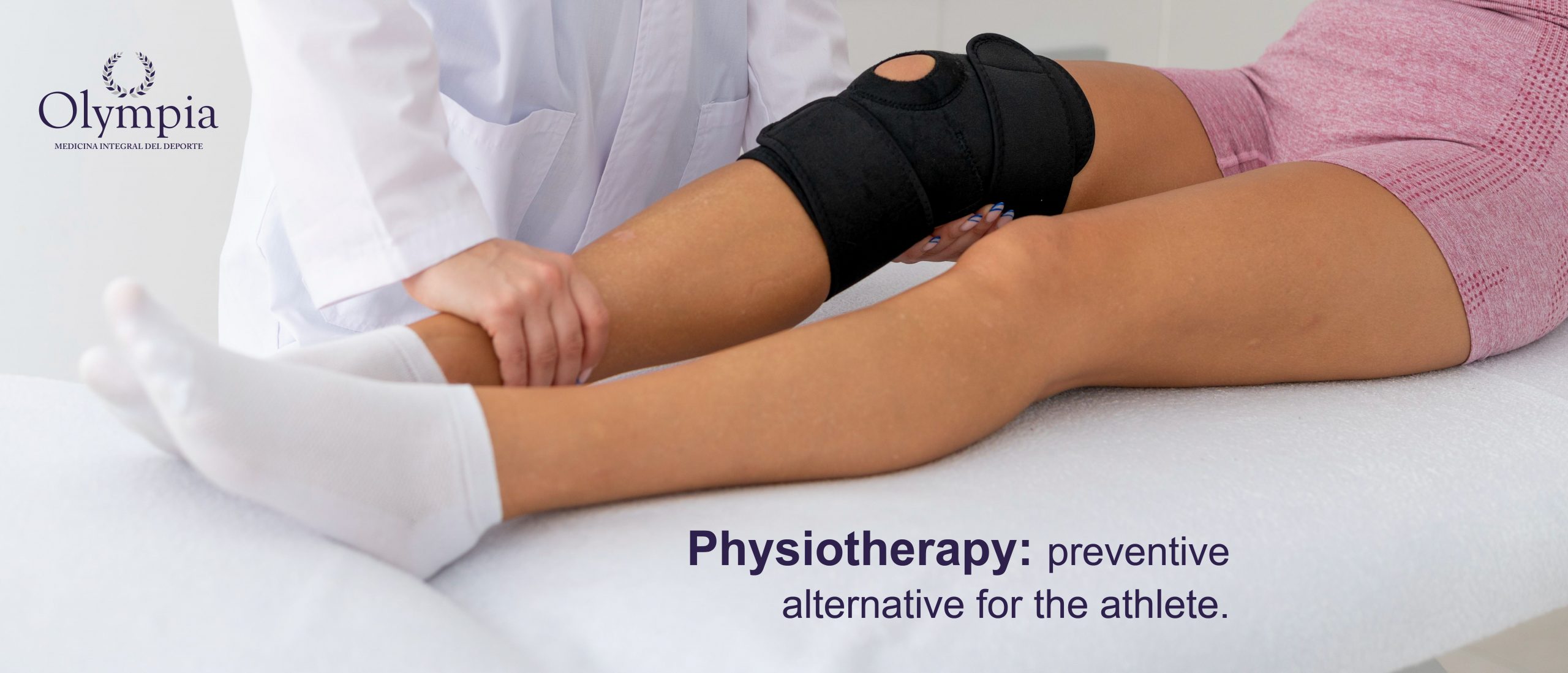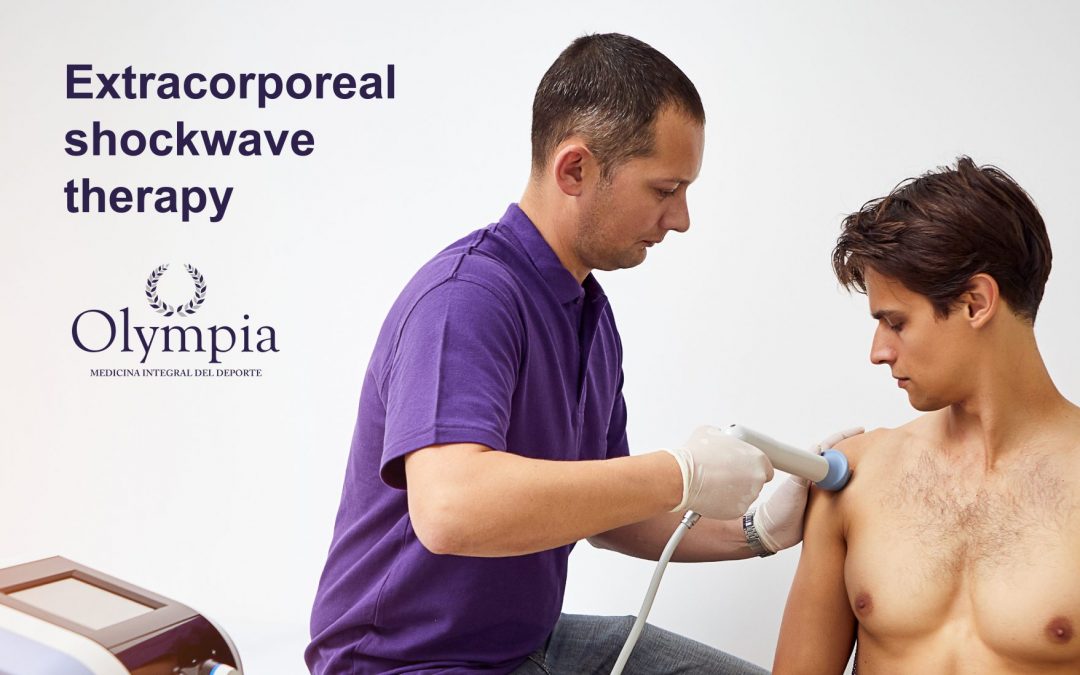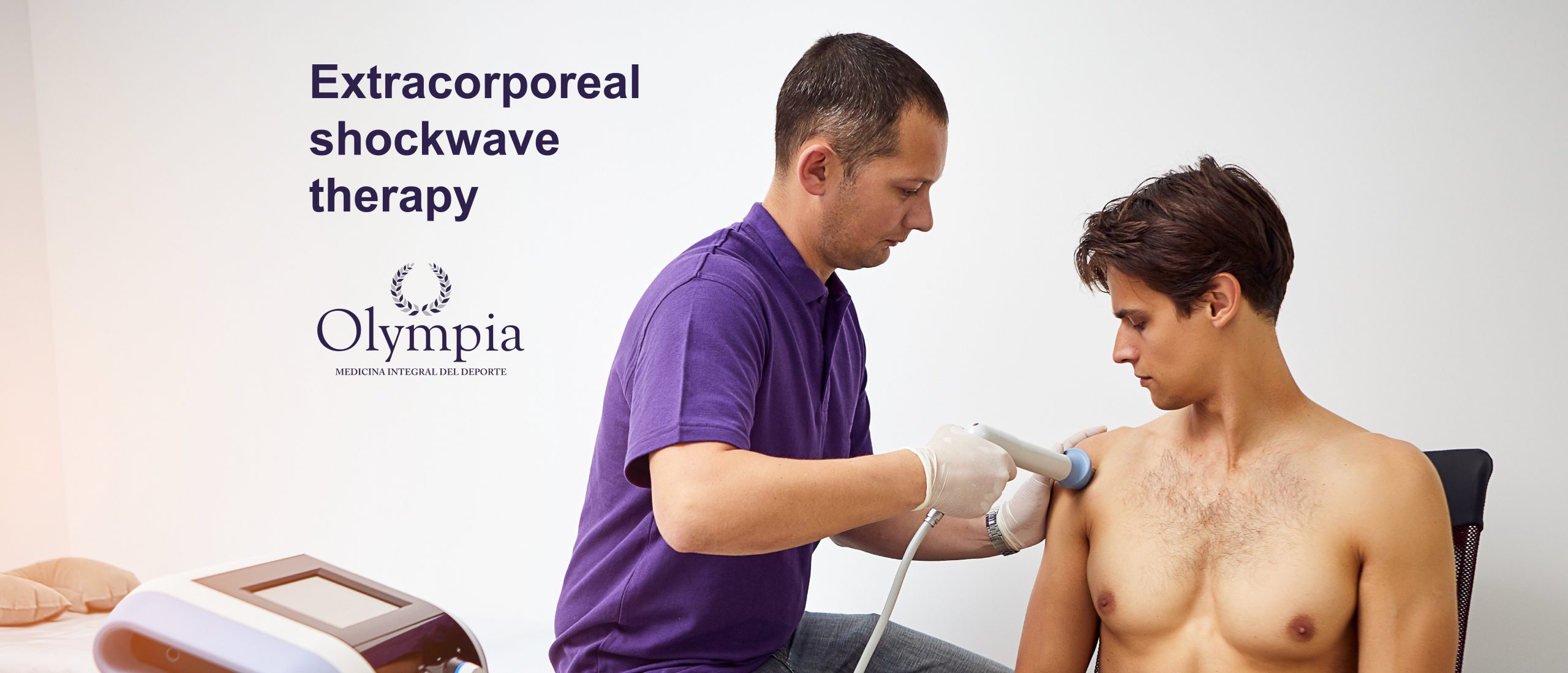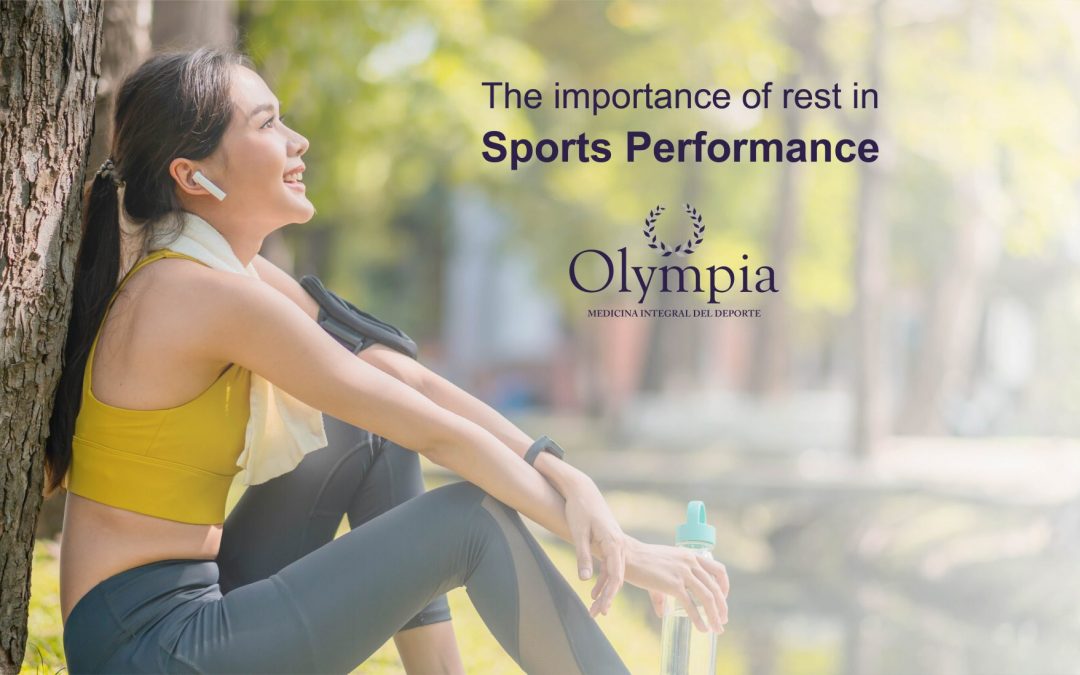
The importance of rest in sports performance
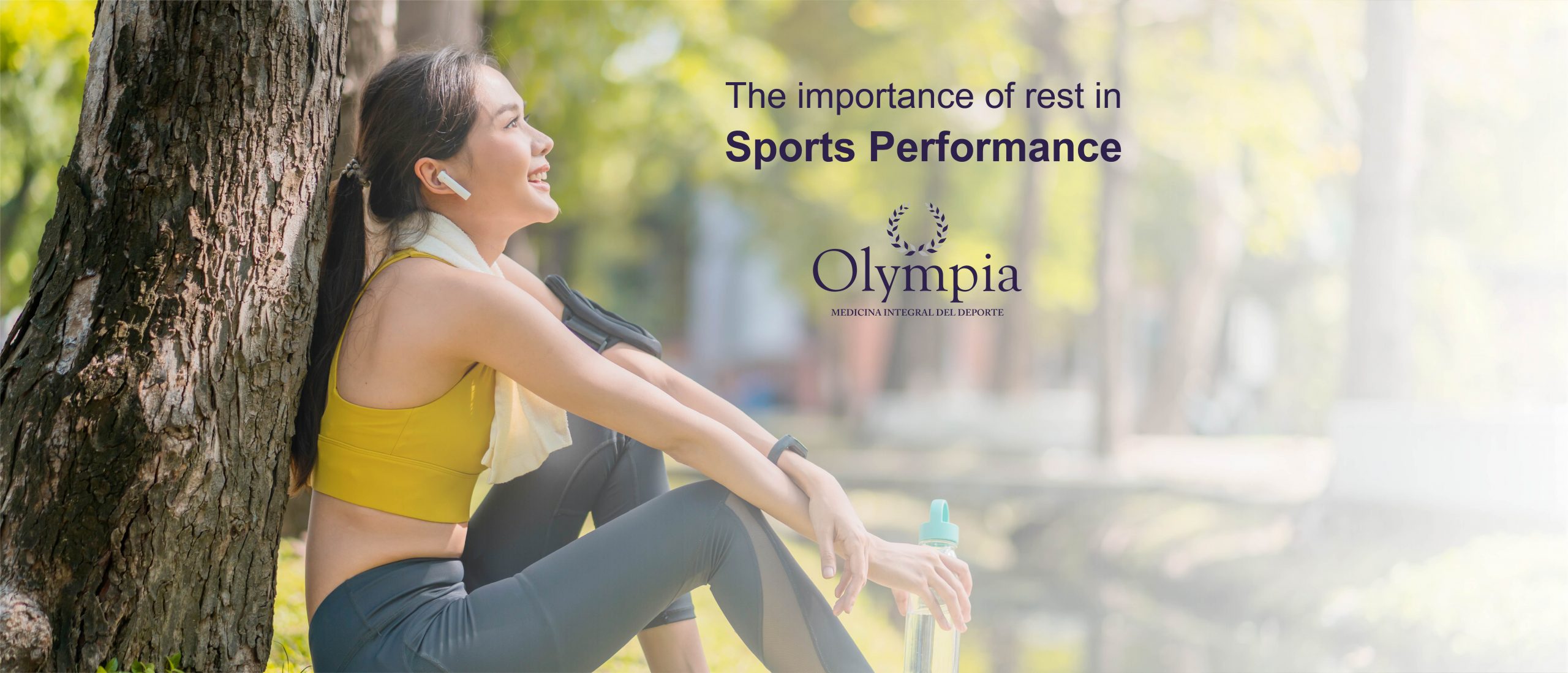
Many athletes focus on their training, strict diets, and supplements to maintain their physical conditioning and performance. However, rest often goes unnoticed, which is also an integral part of training. Rest is important as it helps the body recover and adapt to exercise.
During physical activity, there’s muscle damage and inflammation, which triggers a cascade of biochemical processes for its repair and growth. Without adequate rest, the muscle will continue to be under tension, accumulating damage, pain, and fatigue. Which will cause a decrease in performance and development in training.
Other benefits of rest in athletes are the reserve of energy and both physical and mental recovery. When exercising, mainly during exhaustive exercise, the energy reserves of our body that we obtain from our food (including carbohydrates, fats, and proteins) are depleted. Being able to take a break and continuing proper nutrition can replenish energy for the next workout.
In the case of mental recovery, athletes often experience different levels of pressure and stress, which can affect their mental health, mood, and performance. Rest will help reduce stress and promote relaxation. This can improve performance in training and between competitions.
Athletes must prioritize rest and integrate it into their training programs as something essential, as mentioned above, it is a critical component for muscular development that can maximize their potential, avoid injuries, and achieve optimal sports performance. It is also crucial to mention that rest does not mean inactivity, you can rest doing an active recovery with low intensity exercises and stretching, which helps with recovery and with muscle pain.
Just as it is important to follow the exercise routine of an expert, when integrating rest breaks into the training program of any athlete, a specialist such as a sports medicine doctor should be consulted to maintain comprehensive and personalized care, since it is essential to know and take individual needs into account for the rest plan. There will be athletes who need less rest than others, or their rest intervals will depend on the intensity of the training, previous injuries, age, among others. The most important thing is that adequate rest periods are taken for a safe recovery and to maintain sports performance.
